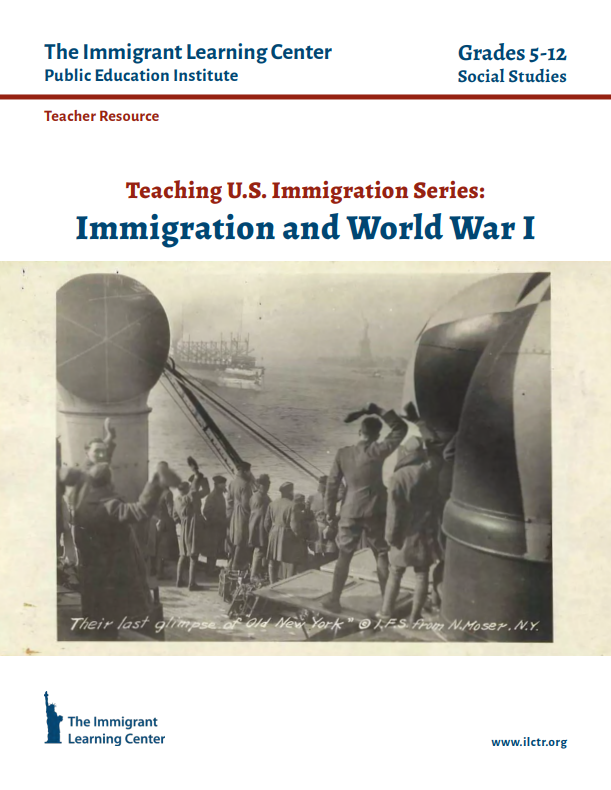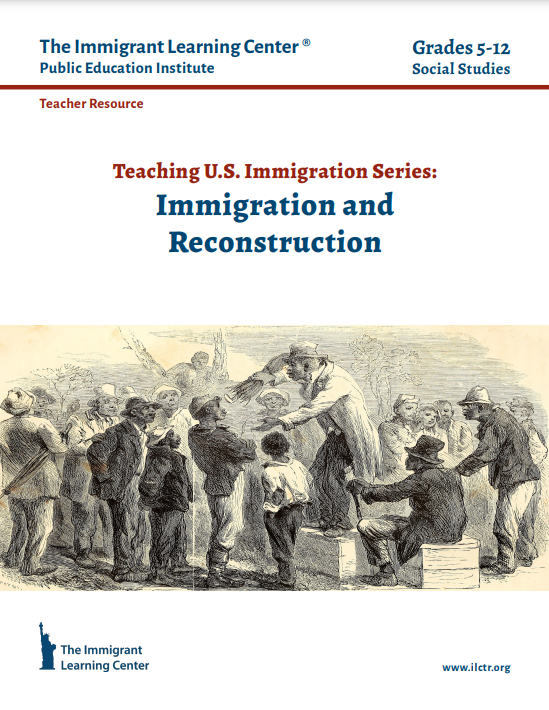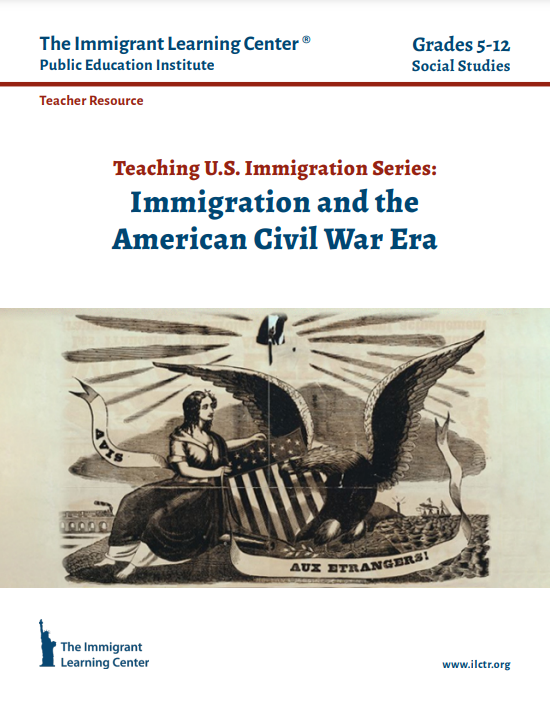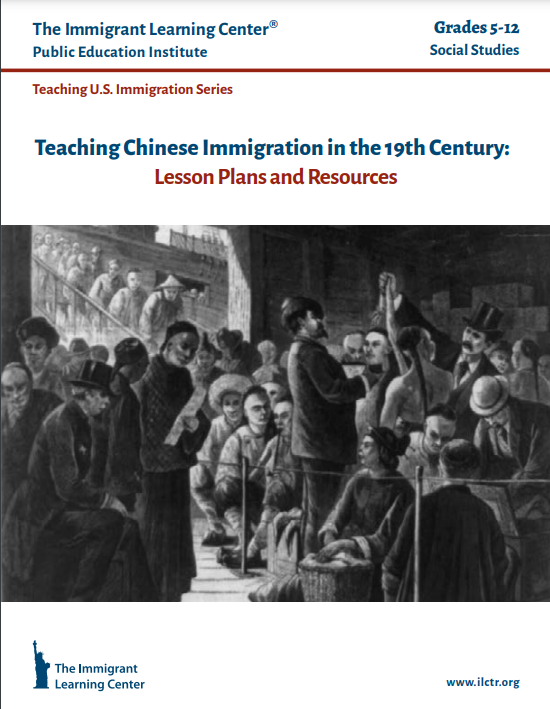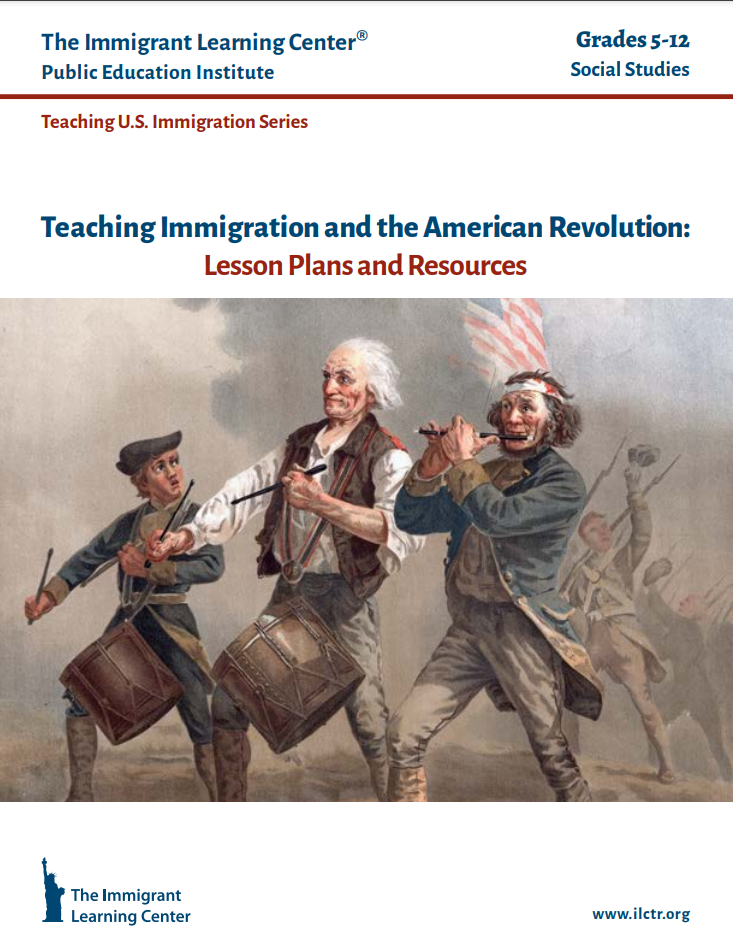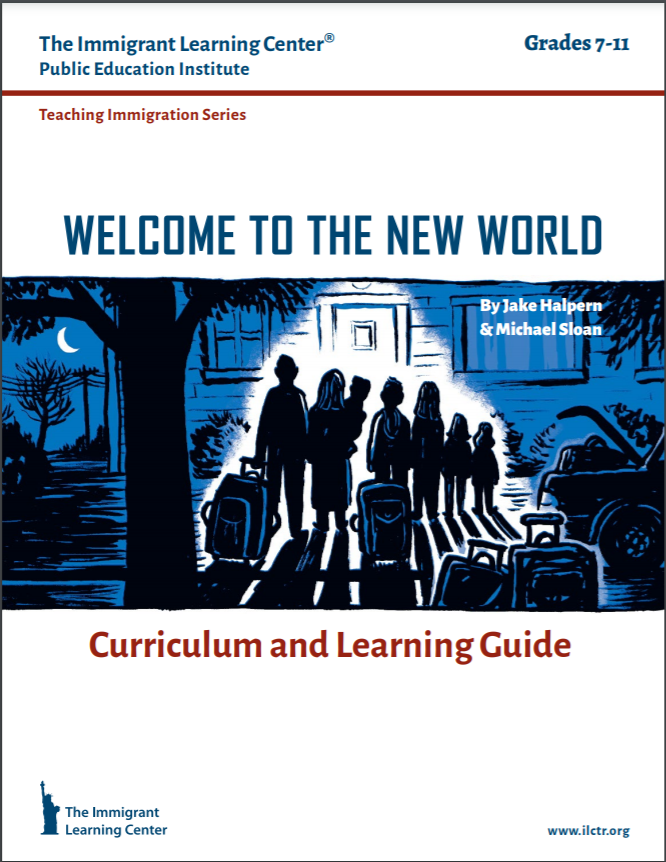The Immigrant Learning Center Public Education Institute’s Teaching U.S. Immigration Series is a free, growing collection of lesson plans and tools for teachers looking to incorporate immigration into their curricula. Since migration touches every part of life, it is relevant to almost any subject matter. These resources make it easy for educators to explore immigration as it relates to existing social studies topics. Each set of lesson plans can be adapted for middle through high school. For more help, visit the Teaching Immigration Lesson Plans and Resources page of our Educator Resource Hub.
South Asian Immigration to the United States, 1899-1923
This resource roundup explores South Asian American history during a critical time period, including their experiences, struggles and contributions. The essay gives an overview of South Asian immigration from 1899-1923 and brings up questions of welcome,
integration and advocacy. The primary source exploration invites students to examine more deeply the heritage, daily experiences and contributions of Indian Americans, one of the earliest and largest ethnic immigrant groups from South Asia. Finally, the lesson plans and more resources sections give recommendations to extend students’ learning.
Immigration and the Great Depression
This guide closely examines the Great Depression, a period of severe economic upheaval. While many view this period as a time when the United States focused inward, this crisis had implications for immigrants and immigration that are worth exploring, especially as a means to make the past century’s history more relevant for students today. The first lesson focuses on Mexican deportations, while the second discusses the dust bowl migrations.
This guide examines the impact of WWI and its aftermath on immigrants in the United States. In the lesson “Anti-German Sentiment at Home,” students learn about the rise of prejudice against German immigrants during WWI and make connections to the present day. In the lesson “Immigration After the Great War,” students review patterns of migration following WWI and discover the laws and beliefs that shaped the flow of migrants. The guide also highlights the contributions immigrants made to the U.S. in this time period.
Immigration and the Reconstruction
This guide explores the role migration played in the Reconstruction Era following the U.S. Civil War. In the lesson “Reconstructing Citizenship,” students examine the social and legal changes to citizenship that occurred after the Emancipation Proclamation through four primary source texts. In the lesson “Border Control,” students critically consider the nature of borders and the effects of border restrictions, learning about the history of Black exclusion laws that individual states enacted to limit the movement of Black migrants.
Immigration and the American Civil War Era
This guide closely examines the immigration landscape of the Civil War era and how immigrants and immigration affected national politics and events in significant ways. Both of the lessons, “The Know-Nothing Party and Nativism” and “Immigrant Soldiers in the Civil War,” are designed to be flexible and adaptable based on the needs of a class, offering options such as multiple leveled texts and supporting both in-person and online class activities.
Teaching Chinese Immigration in the 19th Century
This guide looks at the westward expansion period of U.S. history and examines the impacts of the wave of immigrants from China to the U.S. The lesson “Immigrant Workers on the Transcontinental Railroad” invites students to explore the perception and treatment of Chinese and Irish immigrant workers on the Transcontinental Railroad. The lesson “19th Century Legal Battles over Chinese Immigration” asks students to research some of the laws and court cases that denied rights to Chinese immigrants.
More information and advice on how to use this guide is available in this video.
Teaching Immigration and the American Revolution
Immigration during the American Revolution is a nuanced and fascinating topic, raising many questions. This guide looks at the landscape of immigration during this time of formation for the United States with two lesson plans and a student resource. Each of the two lessons, “Comparing Early and Modern Immigration to America” and “Early Immigration Law,” can be adapted to fit the needs of your curricula.
Teaching Immigration: Welcome to the New World
This curriculum was designed to accompany Welcome to the New World by Jake Halpern and Michael Sloan, based on their Pulitzer-Prize winning editorial cartoon of the same name published in The New York Times. Each of the nine lessons is designed to be completed in a class period of 45-60 minutes, but the lessons are adaptable enough to be used in any setting and schedule.
The curriculum’s creator walks through the resource and provides tips on implementing it in this video.



